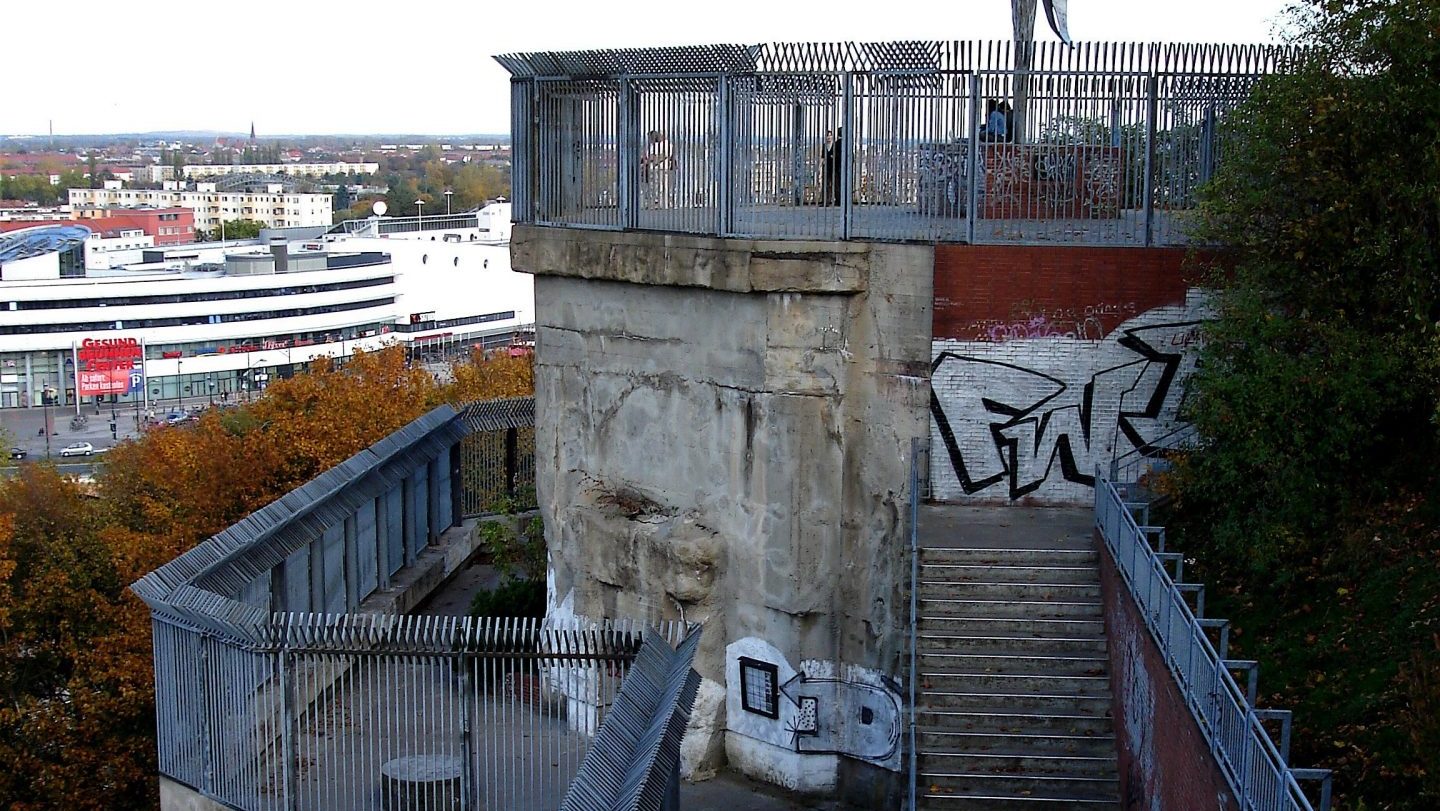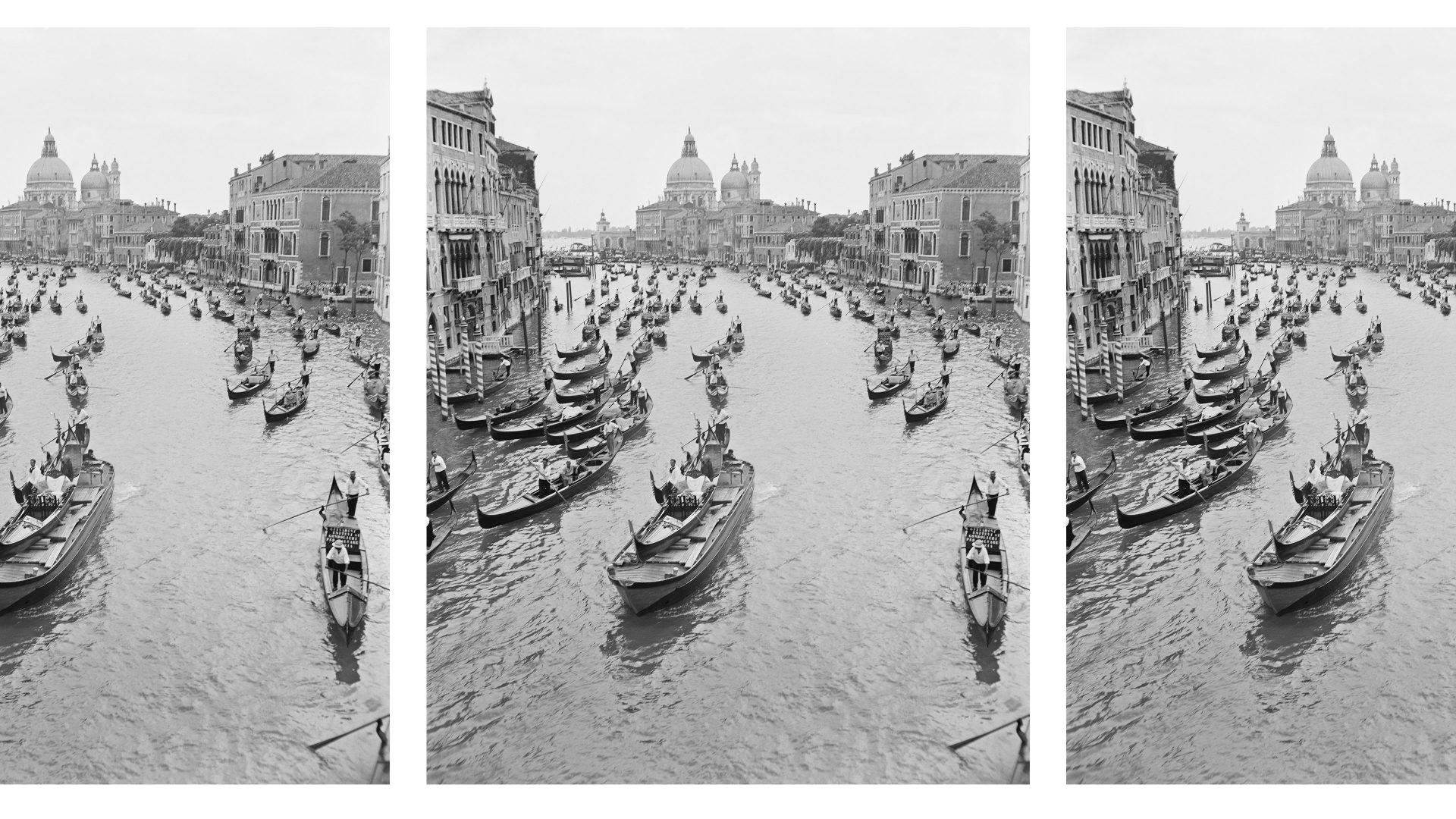Forget Berlin’s club scene, lakes and museums; head instead for Hitler’s last remaining flak tower. The area of Gesundbrunnen is not a destination high on the list of tourists, or locals for that matter, unless they want to change trains or go to a huge shopping centre.
But to miss it would be to miss out on one of the most intriguing examples of Nazi monumentalist architecture and the work of one of the most inspiring historical and archaeological volunteer organisations.
In 1940, as the allies mounted their first air raids on the German capital, the Führer ordered construction of three giant towers. One was in the eastern district of Friedrichshain (by then renamed Horst-Wessel-Stadt to honour one of his favourite thugs); the second was in the centre, at the zoo.
The third was in the north, in a giant landscaped garden called Humboldthain opened in 1870 to commemorate the centenary of the birth of the Prussian polymath, explorer and environmentalist before his time, Alexander von Humboldt. It originally contained a rose garden, sculpture garden and a vineyard. Much of it was destroyed and paved over to make room for the structure, which was built at extraordinary speed, with forced labour working around the clock.
The result was three hulking structures up to 50 metres high, with reinforced concrete walls 2.5 metres thick, window slits sheathed in steel, and towers bristling with 128mm anti-aircraft gun turrets and 27mm cannons for cutting down low-flying aircraft. Some 300 bombing raids were
launched on the area, which was one of the most important military-industrial complexes in the region, with companies such as AEG and Bayer churning out munitions. In total, 32 allied planes were shot down.
The towers had a dual purpose. They also served as air-raid shelters and in the course of the war accommodated 30,000 people. They had their own water supplies, air-conditioning systems, generating plants, dining hall, cinema, even a hospital ward. Each stored enough food to last its occupants for a year. Children were born there. Marriages were made and broken there. Goebbels organised orchestras and chanteuses to entertain the troops and civilians.
Hitler believed these towers would stave off the enemy and then become one of the new architectural delights for the new city of Germania, celebrating the survival of the super race and start of the 1,000-year Reich. He ordered decorative façades to display the ambition, much to the consternation of his generals who wanted to keep the towers as functional as possible, with a minimum number of windows and access points.
By 1945, with all around reduced to rubble, the Humboldthain flak tower –
full name Flugabwehrkanone (aircraft defence canon) – was among a small
number of structures to survive the Battle of Berlin in 1945. The Red Army
simply could not penetrate it, so decided to sit it out, depriving those still inside of food and water. Some soldiers continued fighting long after they were surrounded; others tried to slink away disguised as civilians.
Similar structures were built in Hamburg and Vienna, several of which are still intact and have been spruced up and turned into cultural spaces and
events venues. There is even talk of a hotel. In Berlin, the allies demanded
they be destroyed. The French, who commanded the north-west of the city,
blew up part of Humboldthain but stopped halfway through, fearing the debris on the north side would hurtle across the railway tracks and into the
Soviet sector, potentially causing a military incident.
What was left remained a desultory hulk, a favourite place for children to explore. In 1982, it was finally cordoned off after a young man fell to his death. That provided an opportunity for the historically curious.
In 2004, the flak tower was taken over by a volunteer group called Berliner Unterwelten, Berlin Underground, which has done an extraordinary job in clearing up and providing access to a number of bunkers. Humboldthain has now been cleared of much of the rubble and is open for tours, but only for part of the year. Between October and April, it is reserved for bats and has become one of the city’s most important colonies.
In the summer, visitors can book hard-hat visits – only three of the seven floors are open – where guides explain the history of the site. These tours help subsidise the wider work the group is doing in uncovering more underground sites and artefacts.
Only 10 minutes’ walk away from the flak tower – across an unprepossessing
highway and next to an ugly modernist train terminus come shopping mall –
is another hidden gem: Myth of Germania, an exhibition about Hitler’s crazed dream of a Berlin fit for the Nazi future. It is housed in a room alongside the U8 underground line and, because of its small budget, is open only on Saturdays.
Inside its three rooms are meticulous reconstructions of the plans, overseen by his Generalbauinspektor, Albert Speer. In June 1942, Hitler declared, when describing it as Germania, that he wanted Berlin to be compared with
ancient Egypt, Babylon or Rome.
Models explain the project in meticulous detail, a new city along a north-south axis. It starts with a North Station, via the Naval High Command, to the Great Hall of the People that would seat 180,000 people, the Führer’s Palace, the Reichmarschall’s office, an arch resembling the Arc de Triomphe to the South Station: all of it to be built in Grecian, Roman, or Mussolini-style Classicism.
It demonstrates the staggering scale, with the Brandenburg Gate minute by
comparison with all around it. The city was spared these gargantuan ravings
but not before districts to the north-west of the Reichstag had been torn down.
As Berlin continues to rebuild and modernise, archaeologists and historians continue to unearth more relics from the city’s past, not just from the 1933-1945 period, but throughout its 800 years. The more unsung sites provide the most intriguing insights.




